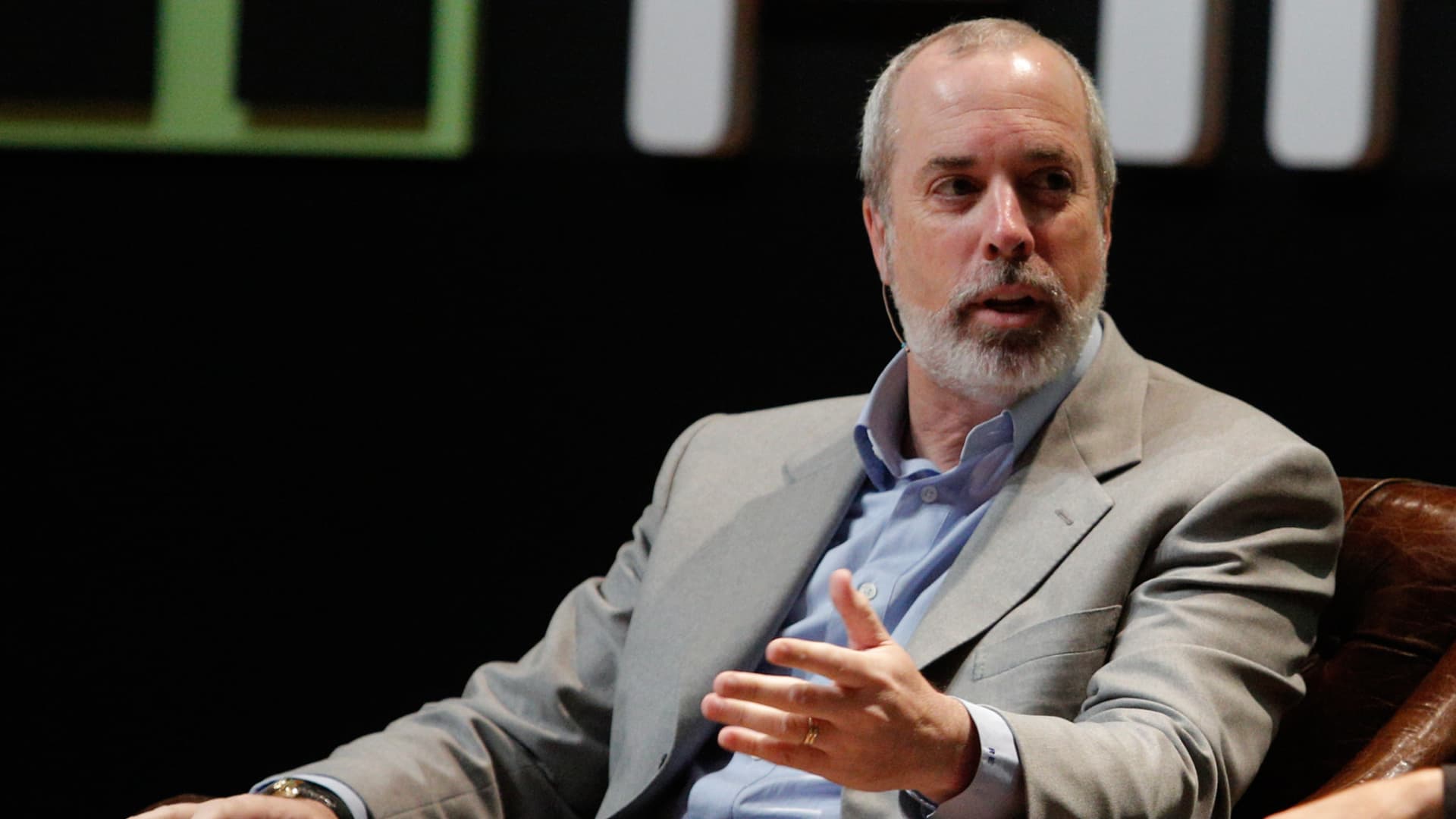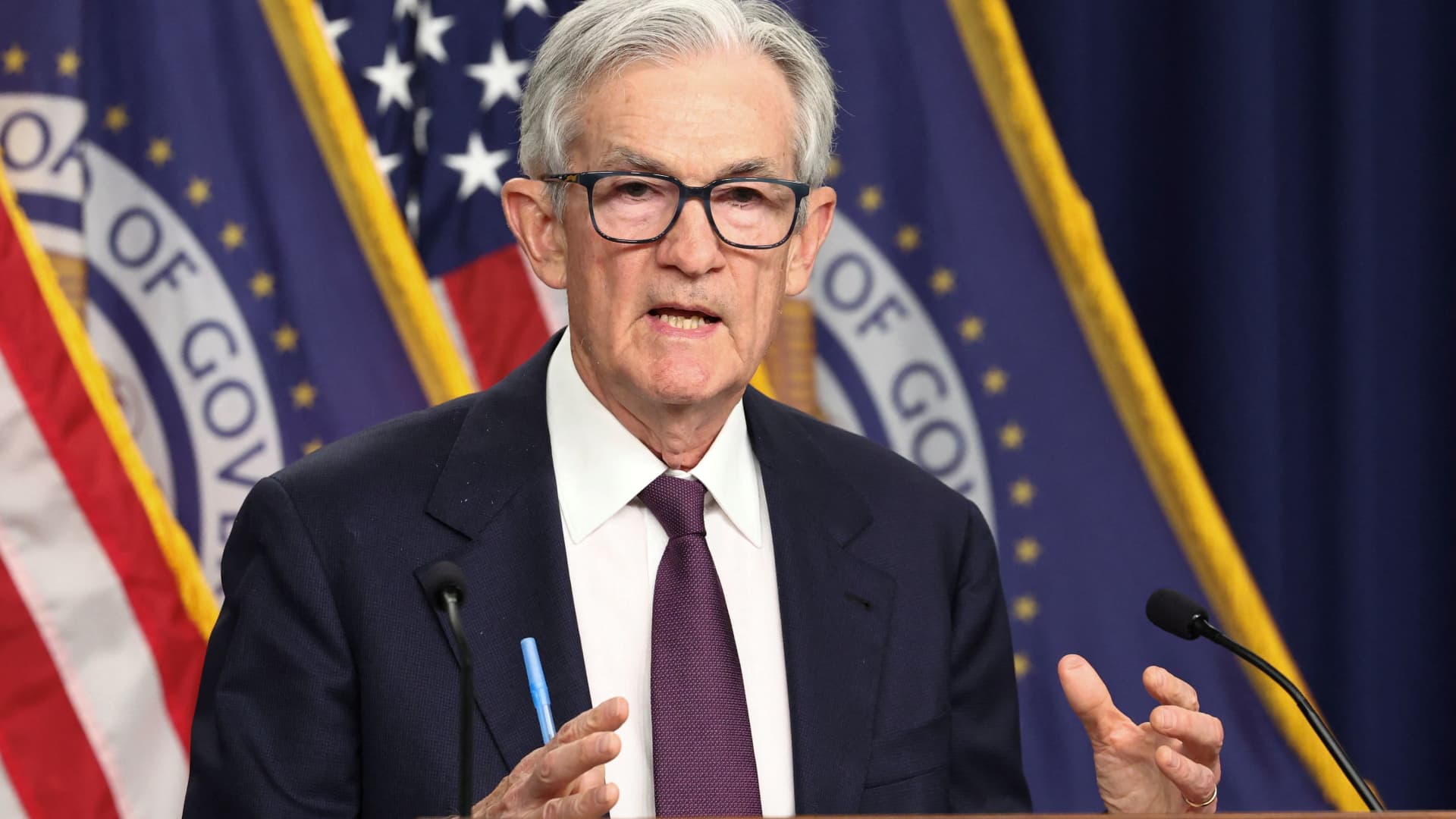The Home Purchase Sentiment Index is up by 2.1% in February. (iStock)
The spring buying season is heating up as more houses are on the market and homebuyers are eager to buy now that the winter frost has settled.
Fannie Mae’s Home Purchase Sentiment Index, which measures home-selling conditions, increased by 2.1 points in February. This is the third consecutive month the index increased.
This increase is largely due to the optimism slowly seeping through the real estate market as selling conditions improve slightly.
“The HPSI increased for the third straight month, continuing its slow but steady rise from the low-level plateau observed through much of 2023; and consumer sentiment toward housing now rests firmly above where it was this time last year,” Fannie Mae Senior Vice President Doug Duncan said.
While the percentage of prospective homebuyers that think it’s a good time to buy has increased to 19%, many buyers are still pessimistic.
This pessimism comes mainly from the state of home prices. About 42% of respondents surveyed in Fannie Mae’s report expect home prices to increase within the next 12 months, up from 37% a year ago.
Potential buyers also aren’t as positive about where mortgage rates stand. The number of survey respondents who think rates will go down in the next 12 months decreased from 36% to 35%.
“A decline in mortgage rates — and the resulting uptick in sentiment — would obviously bode well for the upcoming spring homebuying season,” Duncan said.
“Although affordability will likely remain a significant challenge for buyers, at least until there’s a meaningful addition to net supply.”
Interest rates remain lower than they did at the height of the pandemic, so if you’re ready to take advantage of these lower rates, now may be the time to consider a mortgage. A site like Credible can let you view multiple mortgage lenders and provide you with personalized rates within just minutes, all without impacting your credit.
HOMEBUYERS CONSIDERING PURCHASING TINY HOMES AND FIXER-UPPERS TO COMBAT HIGH HOME PRICES
New construction homes remain popular
New construction became a haven for buyers during the pandemic when fewer listings of existing homes were on the market. New construction remains popular for many buyers. More than half of prospective buyers last year preferred to search for new-build homes, a Zillow study found.
Of the buyers who wanted new construction homes, 42% said they were only interested in new construction. This is an increase of six percentage points from 2022 and up 10 percentage points from 2021.
Home listings in general are up around the country. Listings for all houses increased 3.8% month over month in February, according to Redfin. This is the largest increase in six months.
“The housing market is nothing like it was two years ago during the pandemic homebuying frenzy, but it’s better than it was last year. It’s coming back,” David Palmer, a Redfin Premier real estate agent in Seattle, said.
If you think you’re ready to shop around for a home loan, consider using Credible to help you easily compare interest rates from multiple lenders in minutes.
GEN Z MOVERS ARE HEADING TO WARMER CLIMATES, WILLING TO PAY HIGHER HOUSING COSTS: ZILLOW
Mortgage rates are no longer expected to dip below 6% this year
Last month, mortgage rates were predicted to end the year around 5.9%, but 30-year fixed mortgage loans are now expected to hover around 6.4% at year’s end, Fannie Mae estimated in its most recent rates forecast.
The Federal Reserve isn’t cutting rates as aggressively due to better job numbers and higher inflation than expected.
“Hotter-than-expected inflation data and strong payroll numbers are likely to apply more upward pressure to mortgage rates this year than we’d previously forecast, as markets continue to evolve their expectations of future monetary policy,” Doug Duncan said.
“Still, while we don’t expect a dramatic surge in the supply of homes for sale, we do anticipate an increase in the level of market transactions relative to 2023 — even if mortgage rates remain elevated.”
To see what mortgage rates you qualify for based on your current credit score and salary, consider visiting Credible, where you can compare multiple mortgage lenders at once.
HOMEBUYERS GAINED THOUSANDS OF DOLLARS AS MORTGAGE INTEREST RATES FALL: REDFIN
Have a finance-related question, but don’t know who to ask? Email The Credible Money Expert at [email protected] and your question might be answered by Credible in our Money Expert column.

 Finance1 week ago
Finance1 week ago
 Finance1 week ago
Finance1 week ago
 Accounting1 week ago
Accounting1 week ago
 Economics1 week ago
Economics1 week ago
 Economics1 week ago
Economics1 week ago
 Personal Finance5 days ago
Personal Finance5 days ago
 Economics1 week ago
Economics1 week ago
 Economics1 week ago
Economics1 week ago















